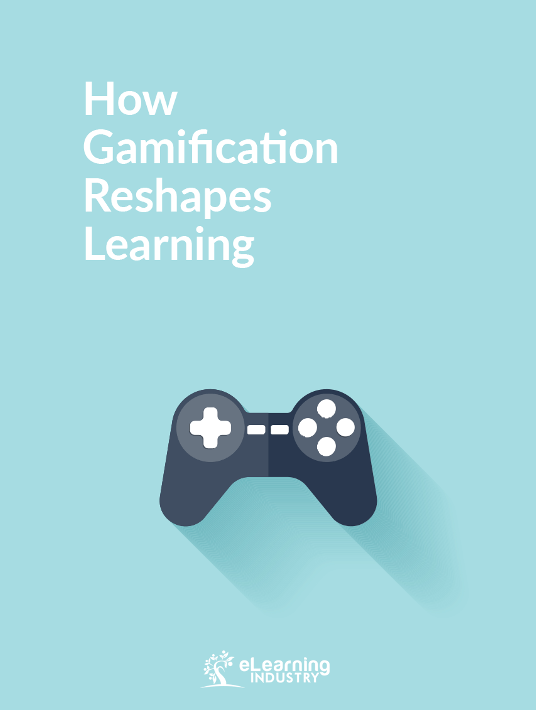In my view, we always learn better when the experience is FUN. As a trainer, I often used games to illustrate behaviors and to bring home important points in a training session. What I found is that how we do one thing is how we do other things too, so our choices in a game very often reflect how we would behave in a real life scenario.
Where possible, I convince clients to put their learners in the driving seat and then build decision points in a learning experience based on relevant situations and choices with the same instant feedback as you would receive in a game. For example, in a recent eLearning workshop on environmental awareness, I created the choices the learner could make and based on each choice they had different consequences; some staff followed procedures, some got fined and a rare few would end up in jail for serious law violations.
A great game typically has a compelling storyline with a plot where the player becomes the main protagonist and hero on a journey through a number of challenges. I believe this is where learning meets a combination of Hollywood and multi-player online game. You need a good plot and a series of lifelike challenges for the learner with increasing levels of difficulty.
I am currently scoping a simulation for media planners in the television industry, where the learner becomes a media planner with an increasing portfolio of advertising to place in the TV-schedule based on rules and regulations of the company, how it was sold by sales team, as well as the industry standards. The journey and choices you make could have you promoted to specialist, generalist, team leader or in the worst case scenario fined and fired. By introducing different challenges with increasing levels of difficulty you mimic the learning curve of a new employee and options the employees really have to make. The added bonus of an in-company game is that you can play against your colleagues and even your managers, which adds the psychological driver of peer pressure and team fun with visual scores and leaderboards.
Gamification in learning works best when you make the learner think and you let them experience the consequences of their choices.


